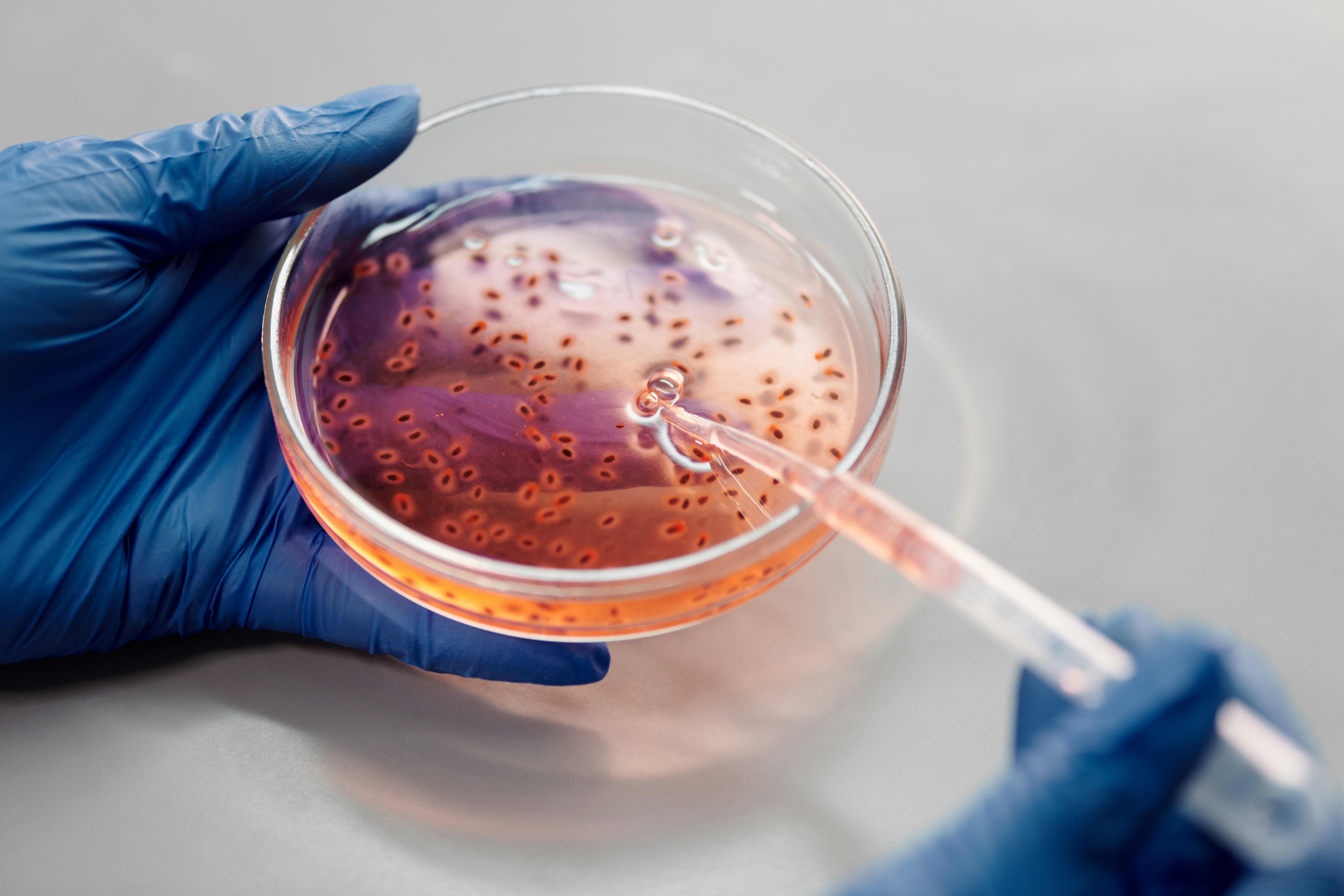The course is a basic introductory course on concepts of animal biotechnology, genetic engineering technologies in animal organisms and the applications arising in the agricultural and biomedical field.
This course aims to introduce students to the basic technologies of animal biotechnology for the understanding and application of genetic engineering technologies related to the creation of transgenic animals, gene targeting for gene inactivation, modification and conditional gene expression, as well as to the identification of mutations by genetic analysis.
It also refers to basic concepts and methodologies for the generation of biotechnological products such as monoclonal antibodies, recombinant proteins, vaccines and latest technologies related to animal cloning, stem cell biology, regenerative medicine, gene therapy, animal cell culturing, cryopreservation, assisted reproduction, genotypic analysis and diagnosis of diseases in order for the student to obtain a comprehensive insight into the applications of Biotechnology in Animal husbandry and biomedicine.
Finally, the aim of the course is the understanding of the importance of biotechnological technologies based on the use of animal organisms for the identification of gene function and the development of innovative approaches and biotechnological products with applications in diagnosis and treatment.


